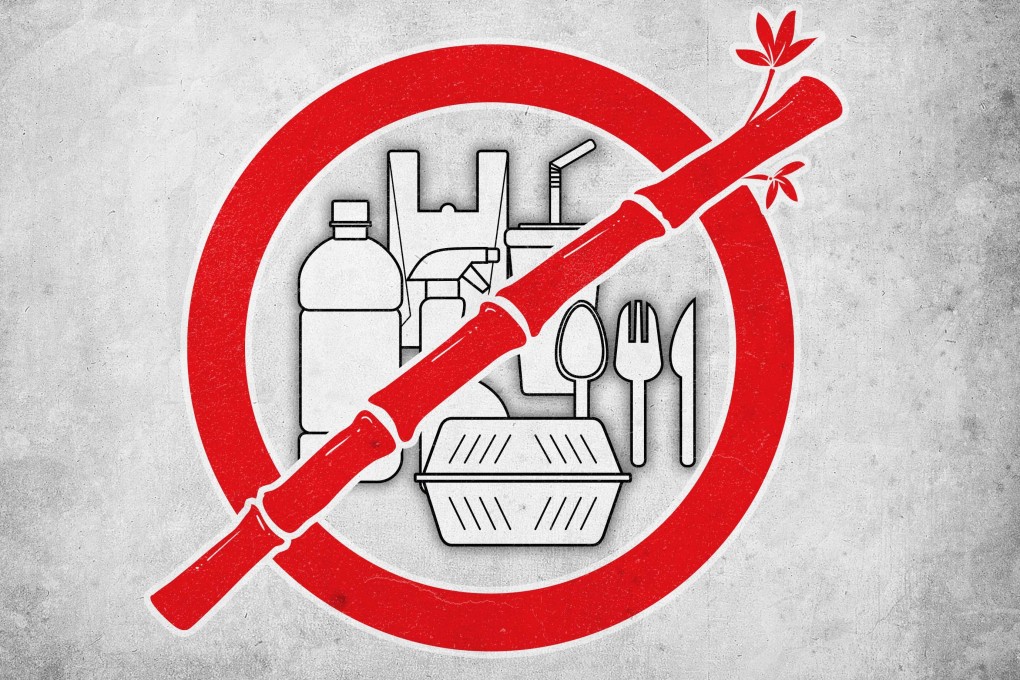China’s bamboo could replace high-emitting plastics, but tech bottlenecks are stunting growth
- China has the highest bamboo acreage of any country, presenting an opportunity to swap out fossil fuel-burning plastics with an organic, abundant material
- Inefficiencies in tech and labour, however, are preventing the nascent industry from flowering into its full potential

It feeds one of the Earth’s rarest species. It was the writing surface for some of the earliest books. It could prove essential in reducing vast amounts of carbon emissions – and China has more of it than anywhere else.
Bamboo, the tall, thick grass perhaps most popularly known as the chief component of the giant panda’s diet, has a number of uses even in the present day. The sturdy stalks can be fashioned into scaffolding or roofing, and the pulp can be woven into a variety of fabrics. This versatility has China, in the midst of a long-term effort to meet carbon peaking and neutrality goals, considering the substance as a replacement for petroleum-based plastics.
The idea makes environmental and economic sense, but there will be challenges along the way to universal adoption, including technological bottlenecks and poor public awareness, experts and industry insiders said.
To reduce plastic pollution as well as production emissions, the Chinese government will replace more plastics with value-added products made from bamboo and improve the utilisation rate of the plant, according to an action plan it released earlier this month jointly with the International Bamboo and Rattan Organization (Inbar).
Despite thousands of years of experience using the plant to build shelter, swapping out plastics for bamboo equivalents for products such as single-use bags and toothbrushes is still an uphill climb. As the plan stated, the industry’s “size is relatively small, productivity is low, costs are high, and technology and equipment lag behind”.
The government will, therefore, provide support to help the sector grow, funding technological breakthroughs and establishing five to 10 demonstration areas by 2025.
“China is working very hard to reach carbon neutrality by 2060, and the government is putting a lot of hope on the bamboo industry to help achieve this goal,” said Borja De La Pena Escardo, global policy officer at Inbar. The intergovernmental organisation advocates for the widespread adoption of bamboo and rattan in lieu of plastics or other fossil fuel-derived materials, and China is a founding member.

